When Colin Chapman decided to follow the Cooper Car Company's sporting lead into rear-engined design at the end of the 1959 season he produced a new family of Lotus competition cars which would utterly overwhelm the pioneering Cooper designs and totally re-write the record books not only in Formula 1 but also in Formula 2, Formula Junior and in larger-capacity International sports car racing, within the 1½-litre, 2-litre, 2½-litre and ultimately unlimited capacity classes. While the Lotus Type 15 with its front-engined configuration had achieved a fair measure of success, the replacement rear-engined Type 19 – derived from the parallel Type 18 Formula 1 and minor-Formulae design – was to emerge as something very special. After the contemporary rear-engined Cooper sports-racing car had been entitled the 'Monaco' to reflect Jack Brabham's works car victory in the 1959 Monaco Grand Prix, it was inevitable that – once Stirling Moss had won the 1960 Monaco GP upon debut in his brand-new Rob Walker-entered Lotus 18 – Colin Chapman should christen his new rear-engined sports-racing car the Lotus 'Monte Carlo'. In effect the Type 19 Monte Carlo chassis was a two-seat width Type 18 multi-tubular spaceframe structure, sharing Formula1/2 Type 18 suspensions apart from the rear radius rods and front and rear anti-roll bars which differed in size. Steering and brakes were very similar,with the rear disc brakes inboard as on the majority of single-seat major-Formula Type 18s. Part aluminium, part-detachable glassfibre moulded bodywork was adopted,with a spare wheel located above the driver's knees to fulfill contemporary regulation requirements. Favoured power unit was the 2½-litre Formula 1-style Coventry Climax FPF 4-cylinder engine, breathing through two twin-choke Weber carburettors with enormous 58mm throats. Transmission was provided by the now legendary Lotus five-speed 'queerbox'. Stirling Moss had suffered a severe accident during practice for the 1960 belgian GP when his Walker Lotus 18 lost a wheel. Amongst other injuries he broke his back, yet would return to racing within seven weeks. In fact the first car he drove upon discharge from hospital was the brand-new Lotus 19, and in August that year he won in the car at the Karlskoga Kanonloppet races in Sweden. Jo Bonnier broke the Swedish landspeed record in the borrowed car, raising it to 157.5mph. Lotus Components produced a run of twelve cars for 1961, initially announcing that only six would be offered upon the home market and six for export. The UDT-Laystall Racing Team purchased three to be driven by Moss, Henry Taylor and Cliff Allison, while American demand proved very strong. But large-capacity Climax engines were always in short supply, and it did not take American customers long to start shoe-horning relatively inexpensive, freely-available and extremely potent larger-capacity V8 engines into their Lotus 19 chassis. One such American customer was the experienced Californian owner/driver Rod Carveth, whose jet-black 'Team Brutus' Lotus 19 for his preceding exploits car now offered here. Rod Carveth was very well known in SCCA circles, having campaigned an Aston Martin DB3S (Chassis 11) not only in the United States but also in Australia. That was a car he had been able to purchase through his friendship with legendary team manager John Wyer, so he was well connected and quite well-known within the British competition car industry. He had then gone to race a Ferrari 250 Testa Rossasports-prototype before purchasing this Lotus 19 in 1963. He then drove this car in American national events including Riverside in June, Pacific Raceways (July) and at the Cotati aerodrome circuit where he was photographed dicing with Skip Hudson in the 'Birdcage'-chassised Maserati Tipo 151 Berlinetta – a car that, interestingly, also found its way into the Rosso Bianco Collection in later years. This car survived for many years in startlingly unspoiled original trim within the lamented Rosso
When Colin Chapman decided to follow the Cooper Car Company's sporting lead into rear-engined design at the end of the 1959 season he produced a new family of Lotus competition cars which would utterly overwhelm the pioneering Cooper designs and totally re-write the record books not only in Formula 1 but also in Formula 2, Formula Junior and in larger-capacity International sports car racing, within the 1½-litre, 2-litre, 2½-litre and ultimately unlimited capacity classes. While the Lotus Type 15 with its front-engined configuration had achieved a fair measure of success, the replacement rear-engined Type 19 – derived from the parallel Type 18 Formula 1 and minor-Formulae design – was to emerge as something very special. After the contemporary rear-engined Cooper sports-racing car had been entitled the 'Monaco' to reflect Jack Brabham's works car victory in the 1959 Monaco Grand Prix, it was inevitable that – once Stirling Moss had won the 1960 Monaco GP upon debut in his brand-new Rob Walker-entered Lotus 18 – Colin Chapman should christen his new rear-engined sports-racing car the Lotus 'Monte Carlo'. In effect the Type 19 Monte Carlo chassis was a two-seat width Type 18 multi-tubular spaceframe structure, sharing Formula1/2 Type 18 suspensions apart from the rear radius rods and front and rear anti-roll bars which differed in size. Steering and brakes were very similar,with the rear disc brakes inboard as on the majority of single-seat major-Formula Type 18s. Part aluminium, part-detachable glassfibre moulded bodywork was adopted,with a spare wheel located above the driver's knees to fulfill contemporary regulation requirements. Favoured power unit was the 2½-litre Formula 1-style Coventry Climax FPF 4-cylinder engine, breathing through two twin-choke Weber carburettors with enormous 58mm throats. Transmission was provided by the now legendary Lotus five-speed 'queerbox'. Stirling Moss had suffered a severe accident during practice for the 1960 belgian GP when his Walker Lotus 18 lost a wheel. Amongst other injuries he broke his back, yet would return to racing within seven weeks. In fact the first car he drove upon discharge from hospital was the brand-new Lotus 19, and in August that year he won in the car at the Karlskoga Kanonloppet races in Sweden. Jo Bonnier broke the Swedish landspeed record in the borrowed car, raising it to 157.5mph. Lotus Components produced a run of twelve cars for 1961, initially announcing that only six would be offered upon the home market and six for export. The UDT-Laystall Racing Team purchased three to be driven by Moss, Henry Taylor and Cliff Allison, while American demand proved very strong. But large-capacity Climax engines were always in short supply, and it did not take American customers long to start shoe-horning relatively inexpensive, freely-available and extremely potent larger-capacity V8 engines into their Lotus 19 chassis. One such American customer was the experienced Californian owner/driver Rod Carveth, whose jet-black 'Team Brutus' Lotus 19 for his preceding exploits car now offered here. Rod Carveth was very well known in SCCA circles, having campaigned an Aston Martin DB3S (Chassis 11) not only in the United States but also in Australia. That was a car he had been able to purchase through his friendship with legendary team manager John Wyer, so he was well connected and quite well-known within the British competition car industry. He had then gone to race a Ferrari 250 Testa Rossasports-prototype before purchasing this Lotus 19 in 1963. He then drove this car in American national events including Riverside in June, Pacific Raceways (July) and at the Cotati aerodrome circuit where he was photographed dicing with Skip Hudson in the 'Birdcage'-chassised Maserati Tipo 151 Berlinetta – a car that, interestingly, also found its way into the Rosso Bianco Collection in later years. This car survived for many years in startlingly unspoiled original trim within the lamented Rosso


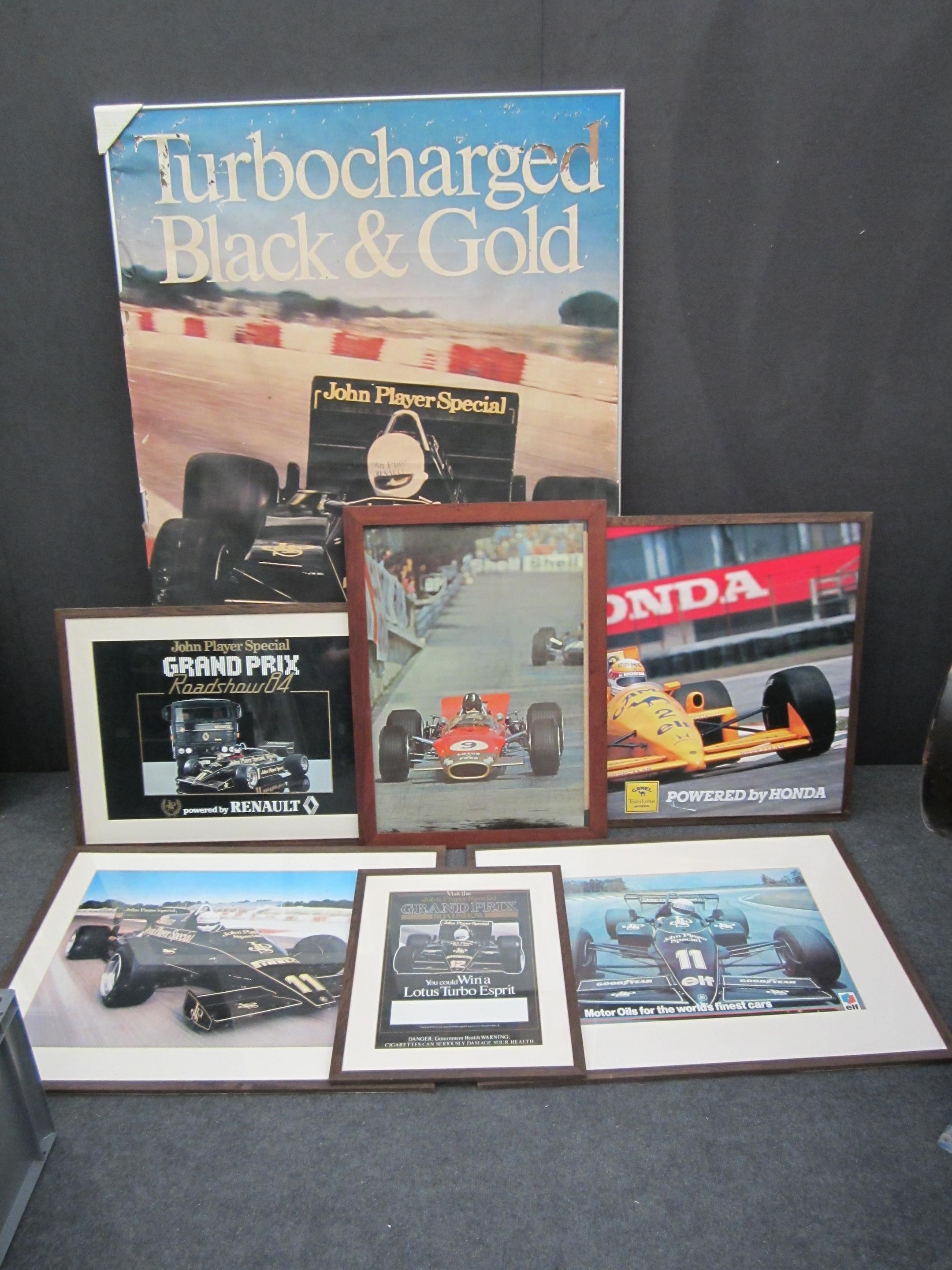
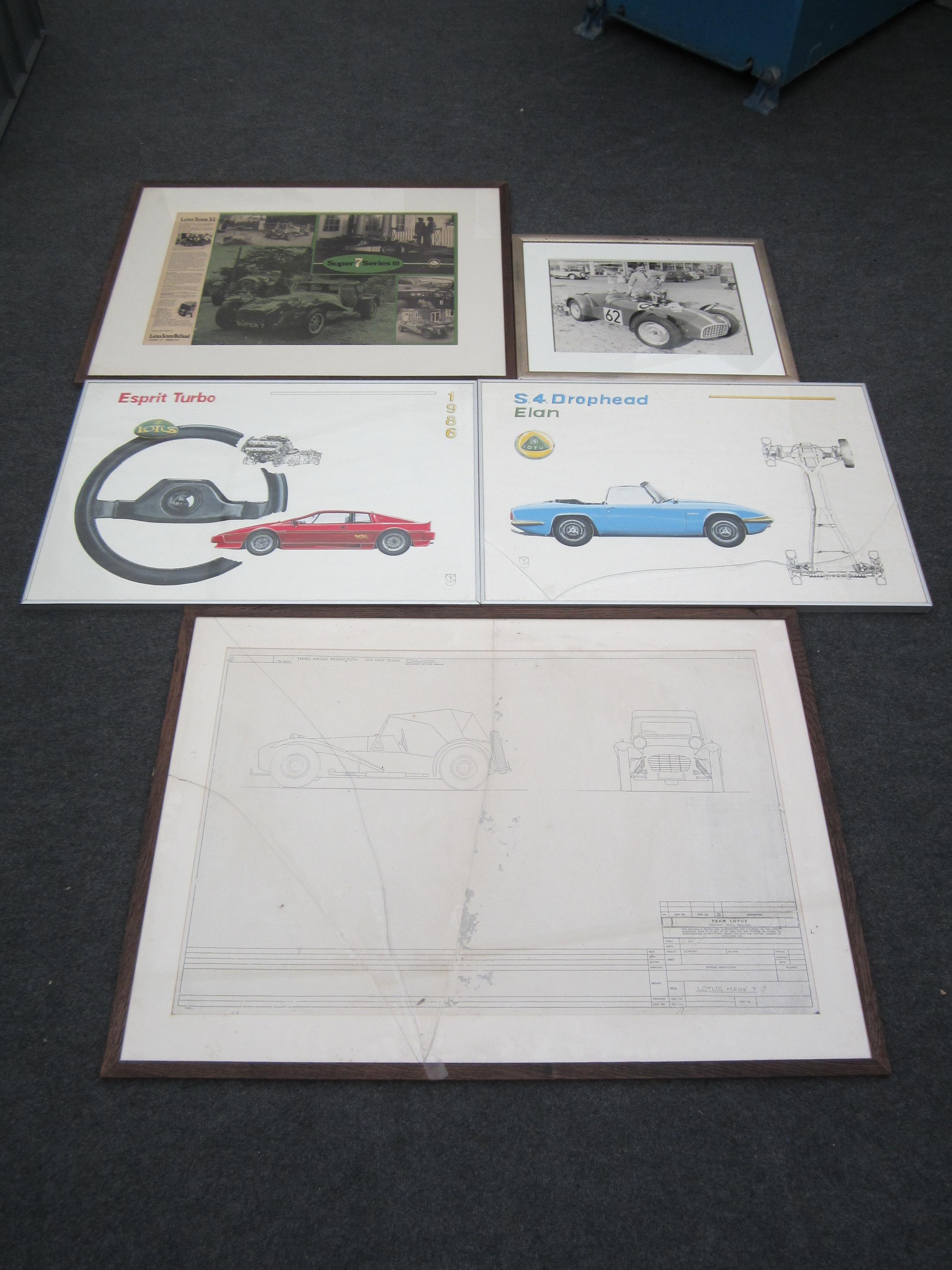
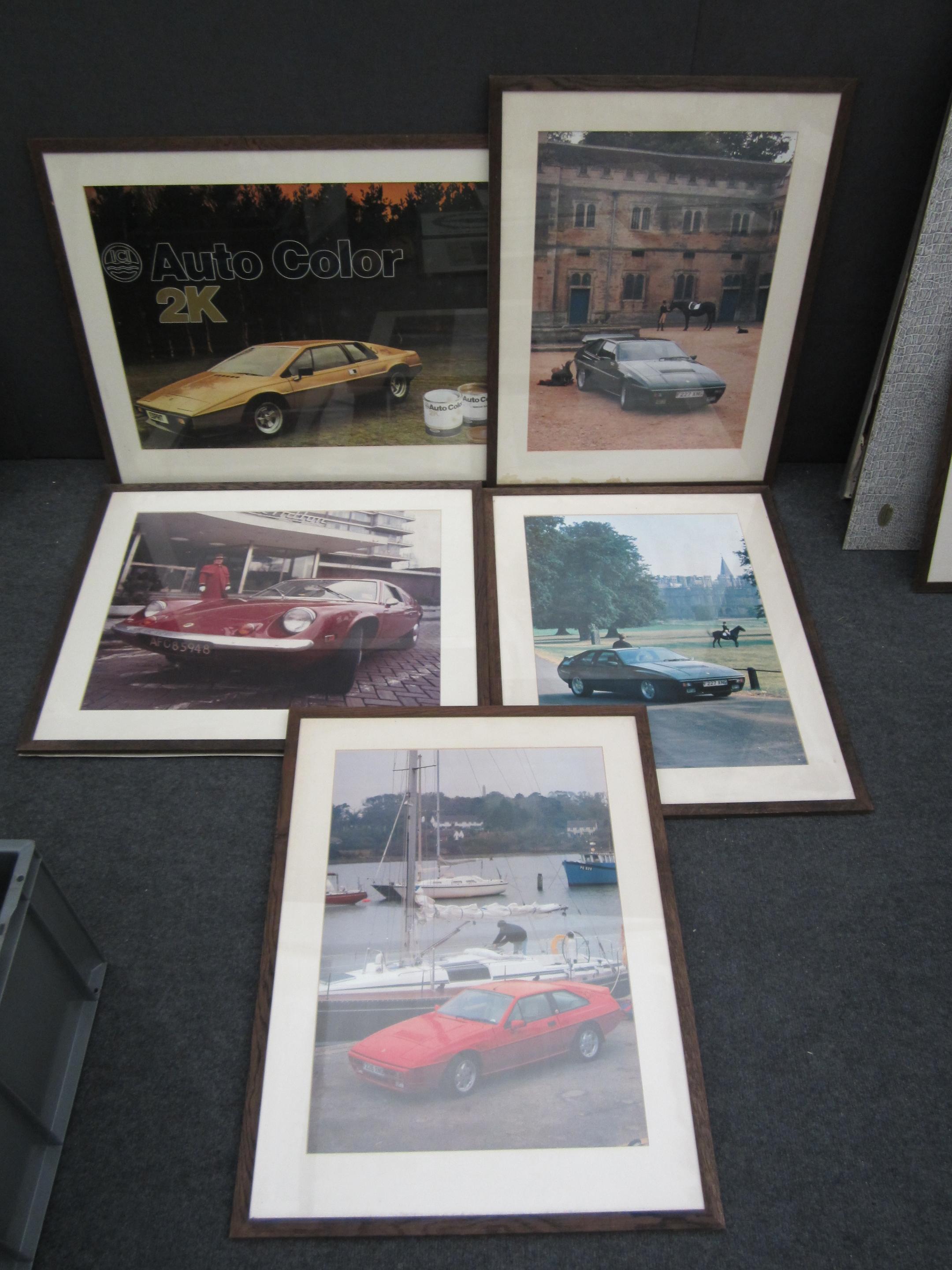
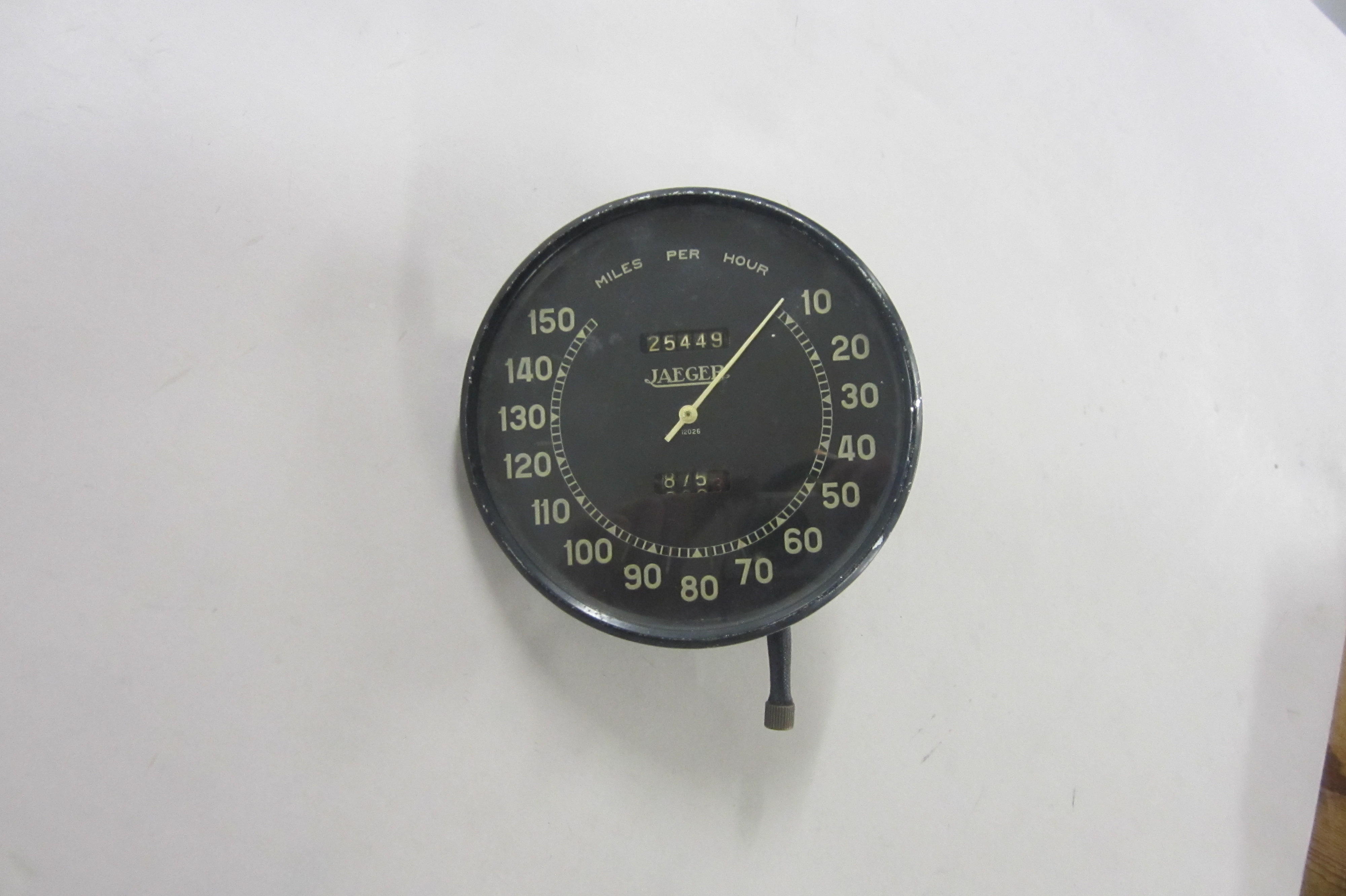
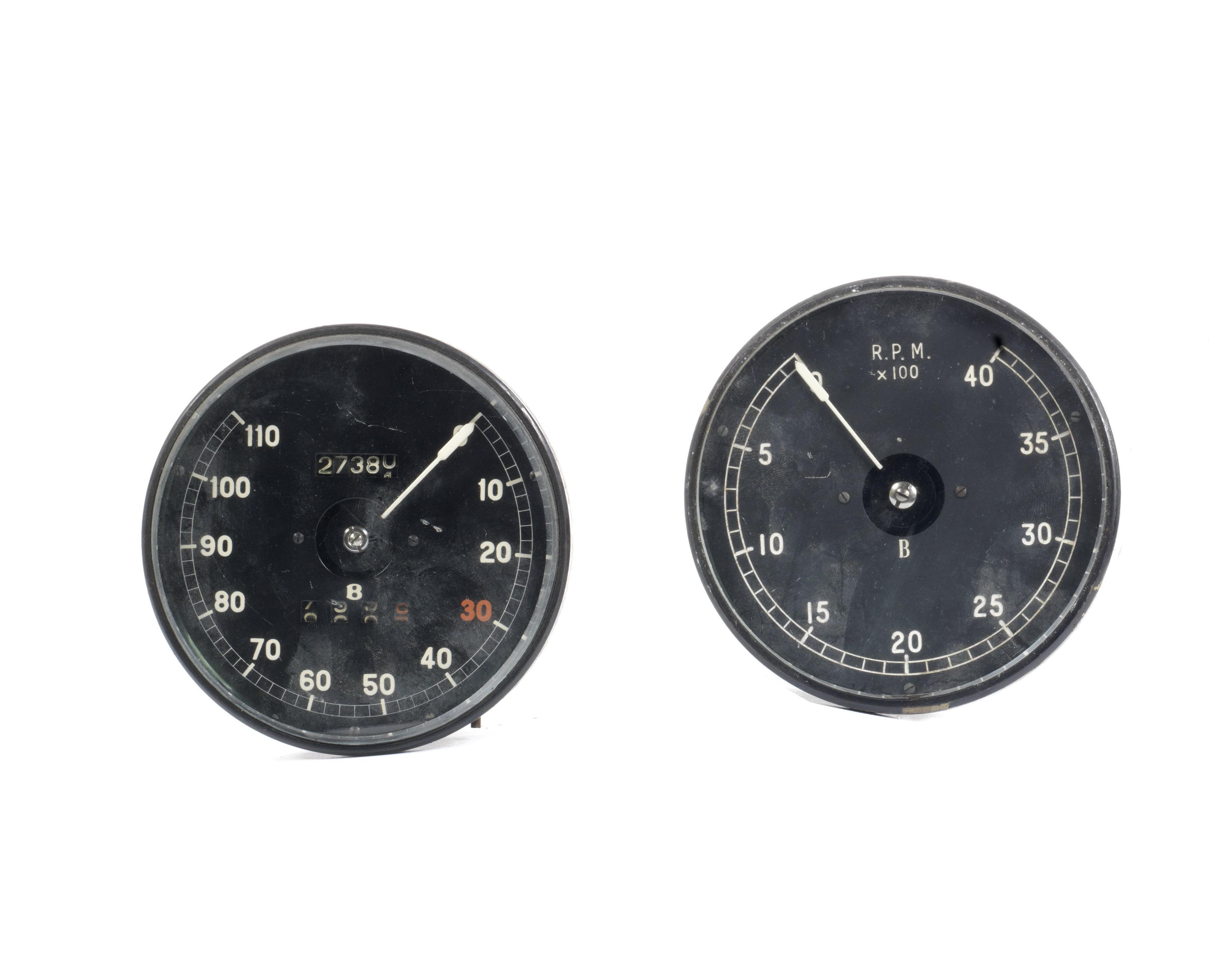
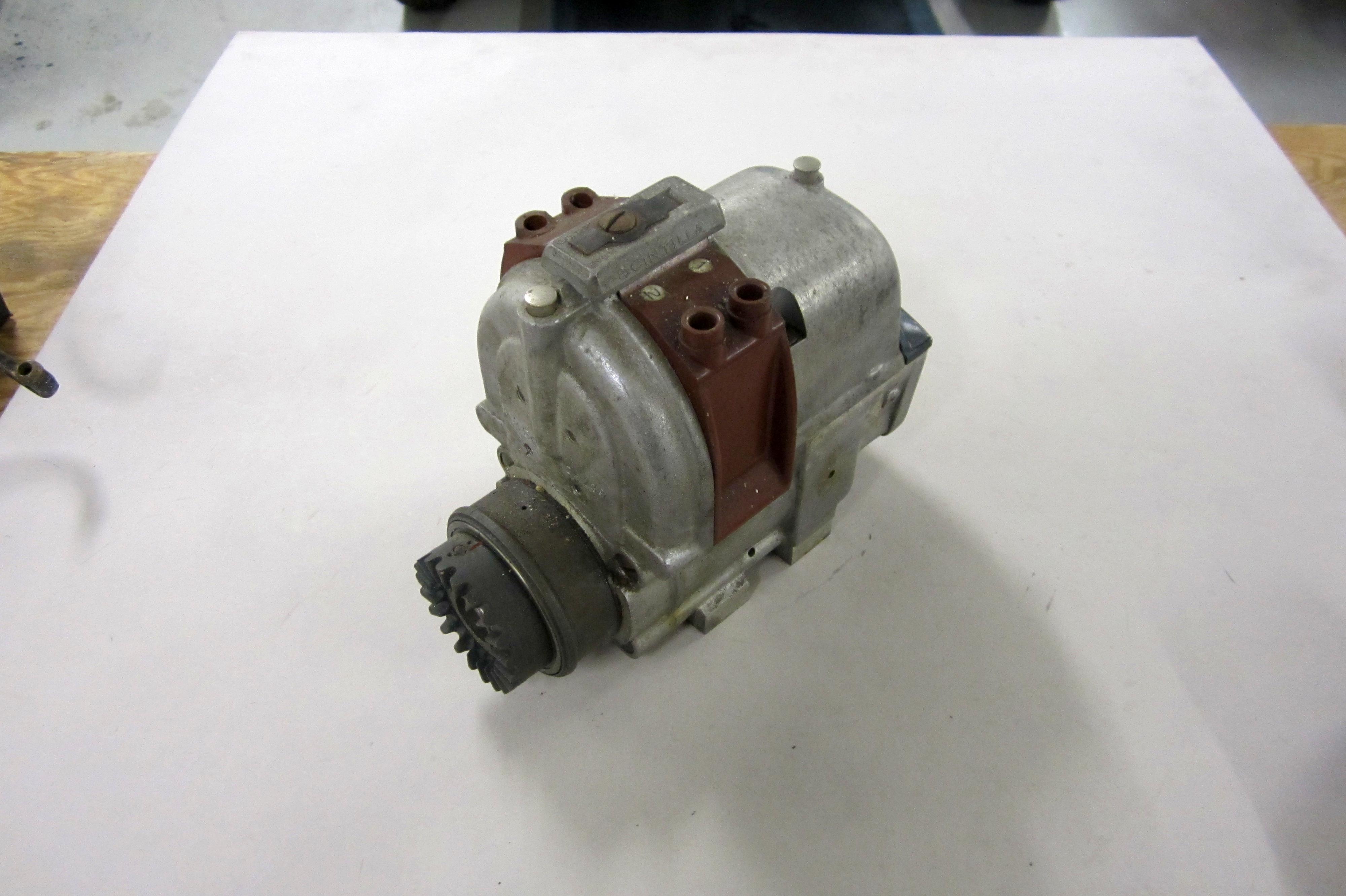

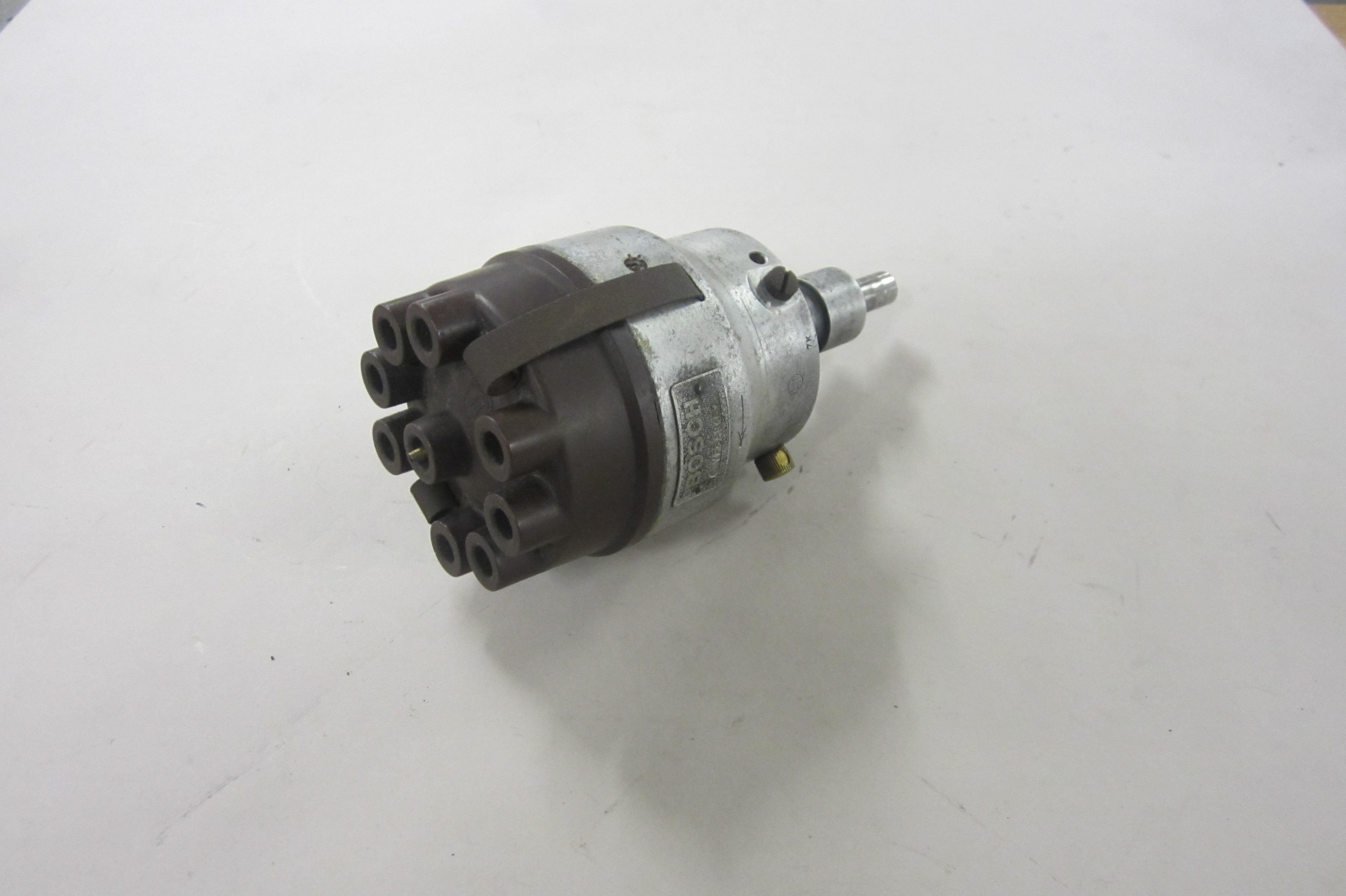
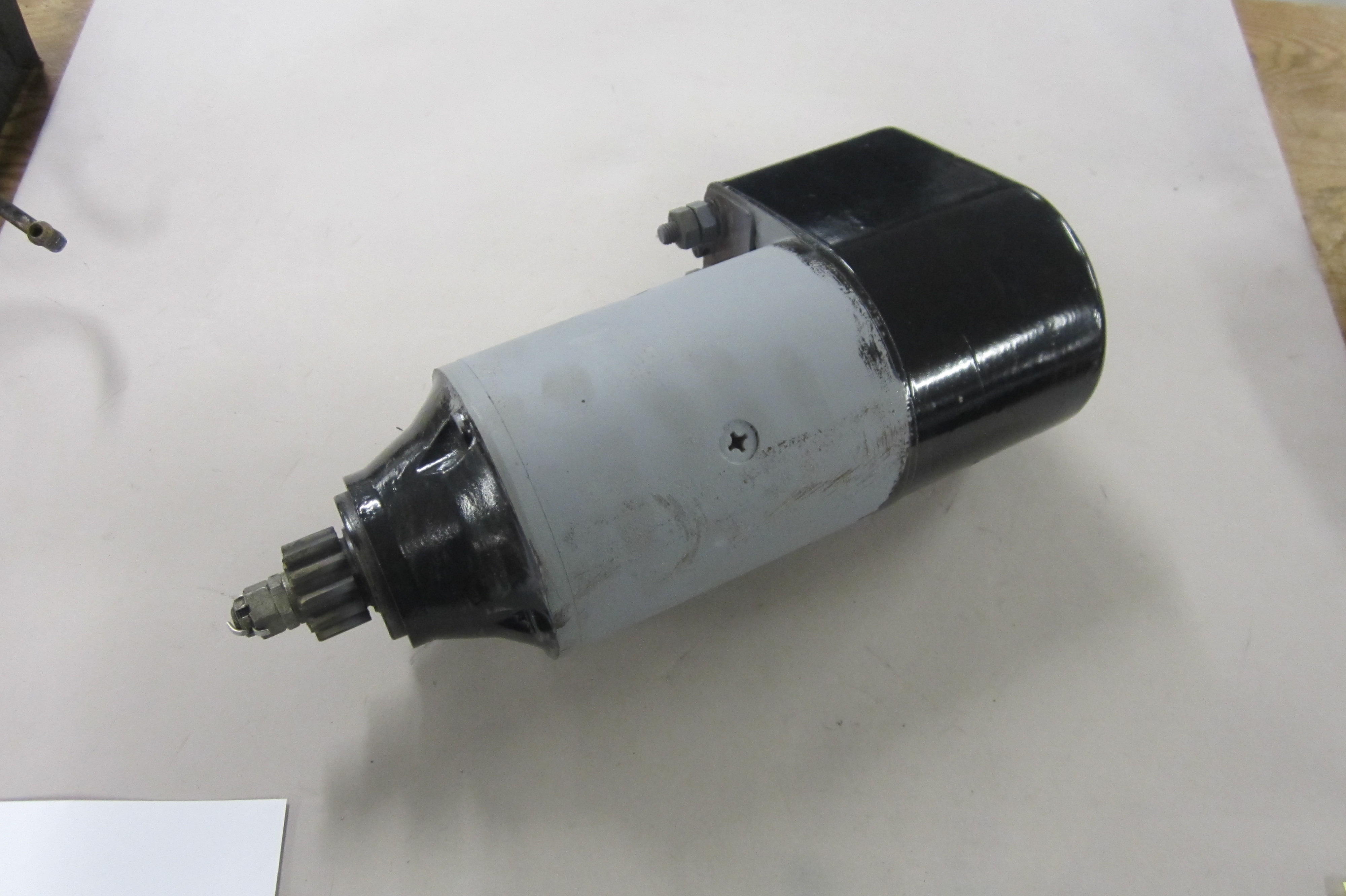
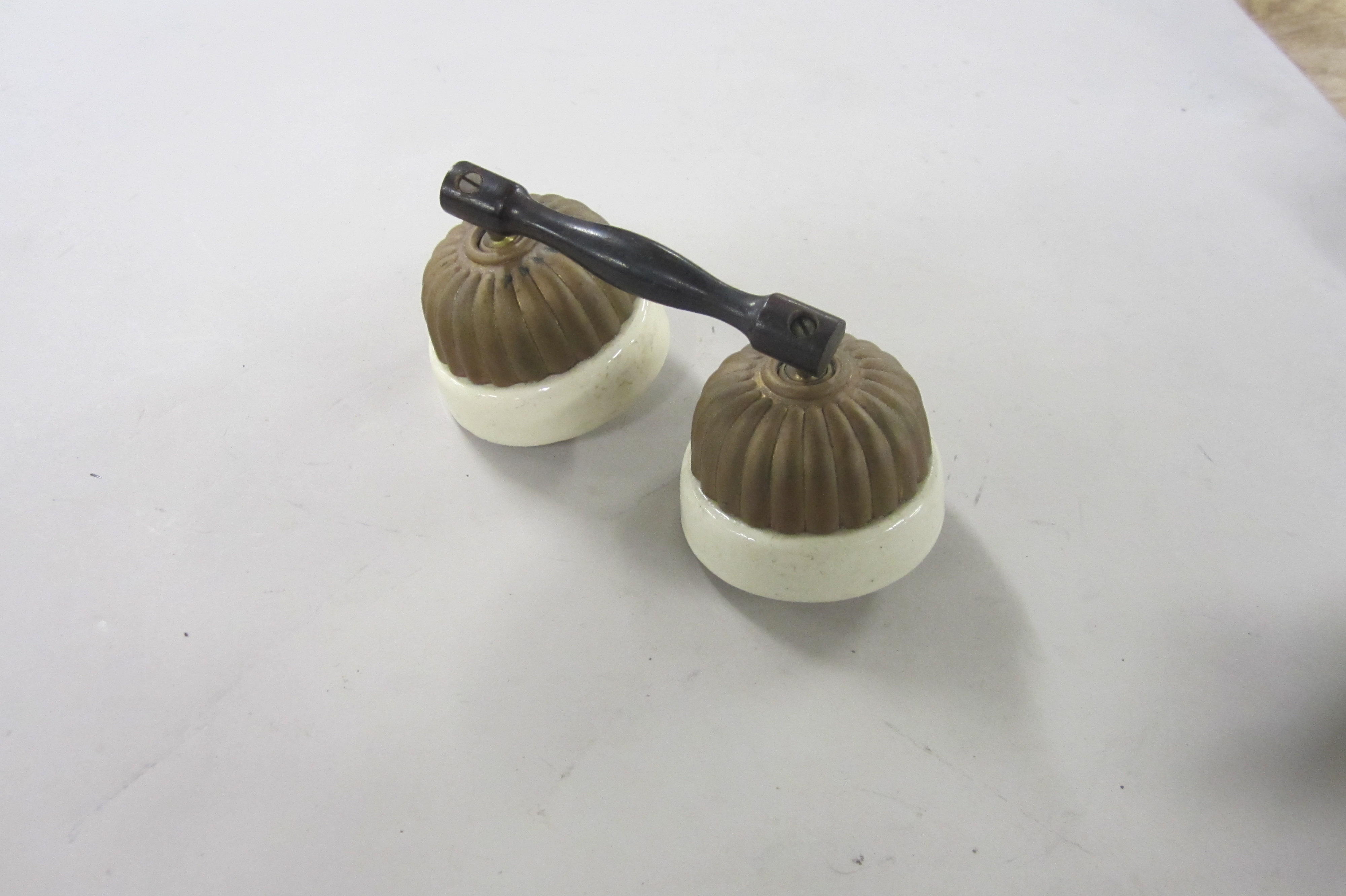
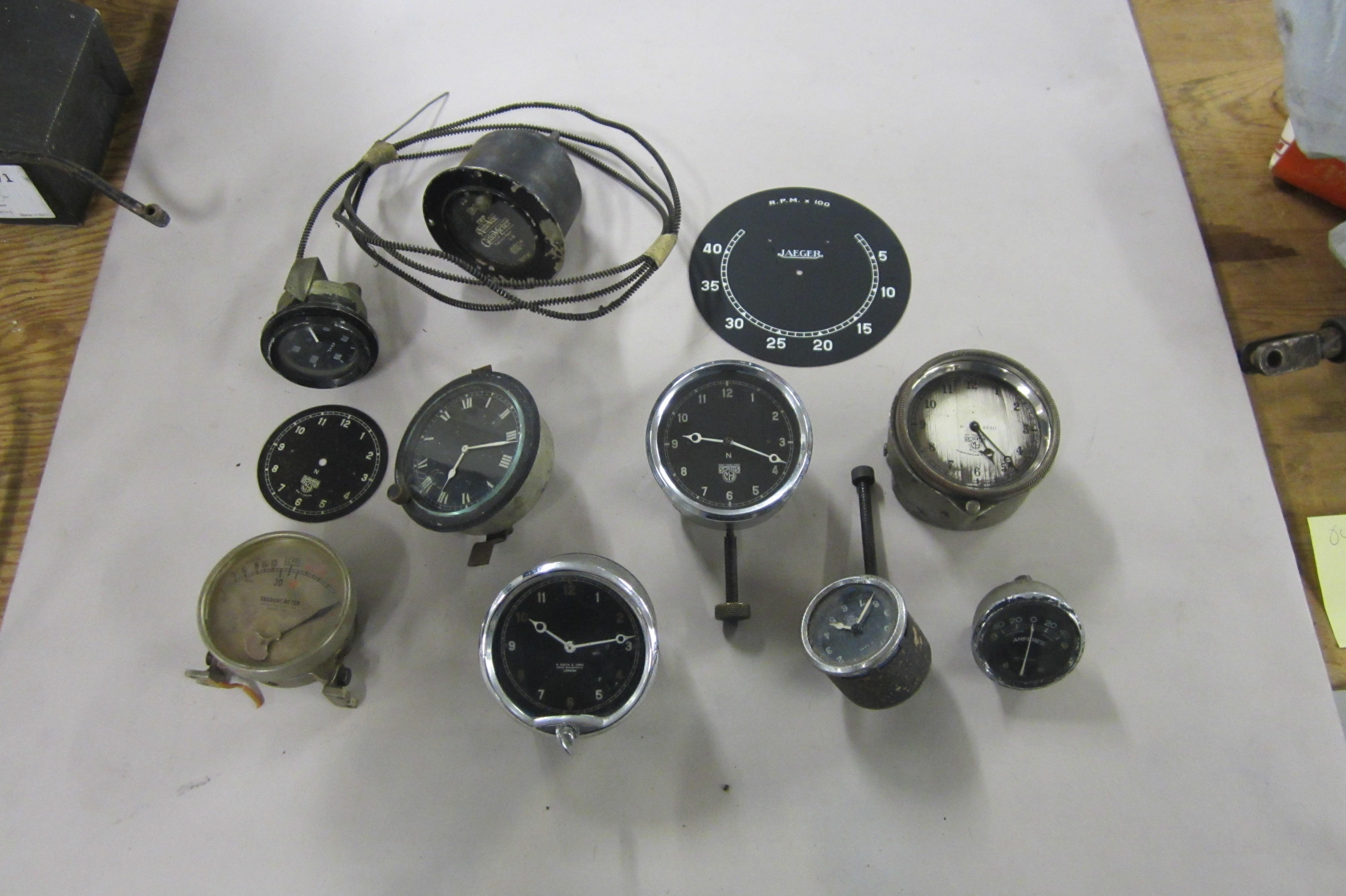
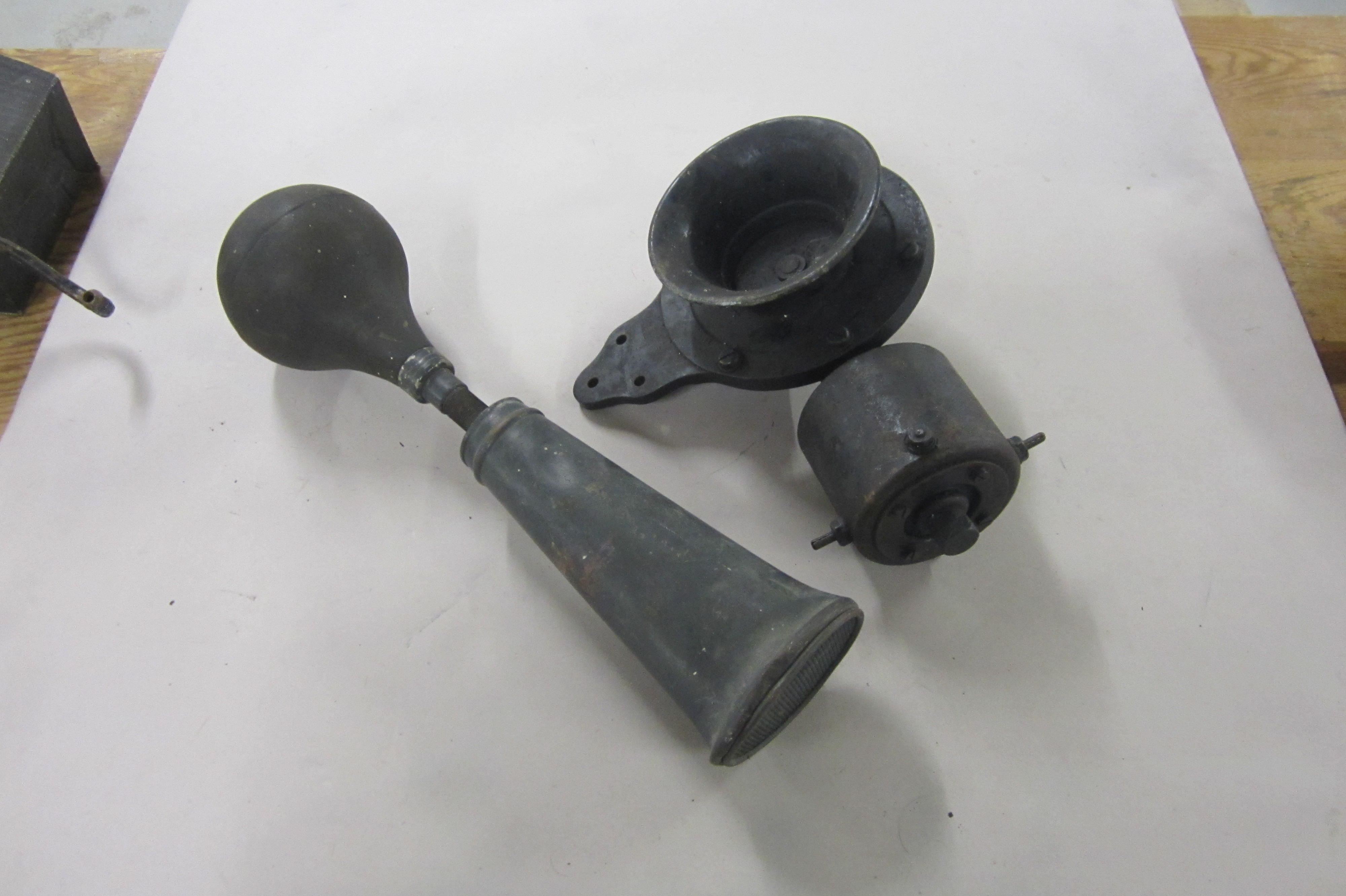

Testen Sie LotSearch und seine Premium-Features 7 Tage - ohne Kosten!
Lassen Sie sich automatisch über neue Objekte in kommenden Auktionen benachrichtigen.
Suchauftrag anlegen